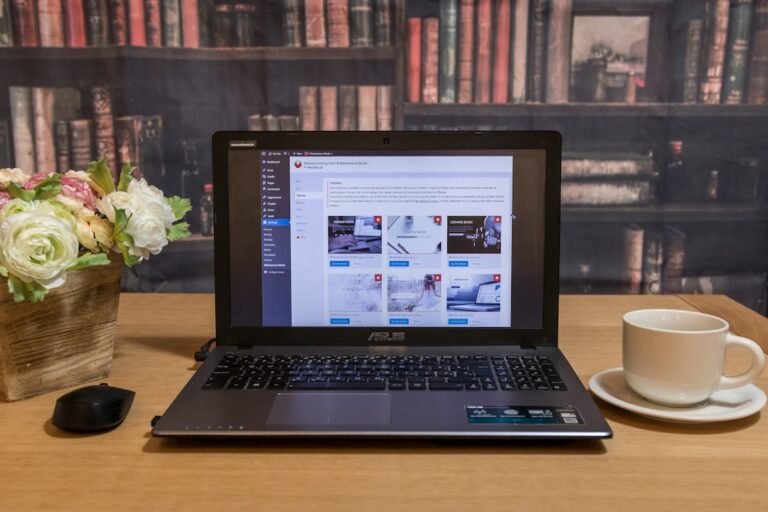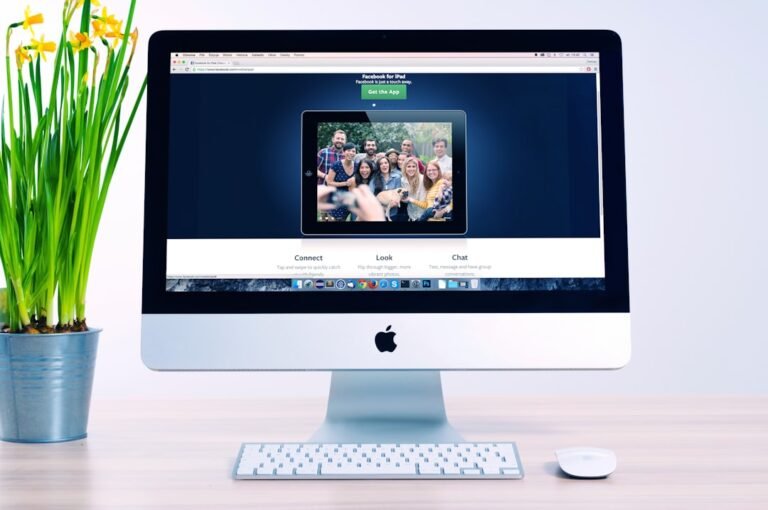email marketing frequency best practices 2024
As we step into 2024, email marketing remains a crucial channel for businesses to connect with their audience, drive conversions, and nurture customer relationships. However, with the ever-increasing volume of emails flooding inboxes, it’s becoming more challenging to grab attention and maintain engagement. One key factor that can make or break your email marketing strategy is frequency. In this article, we’ll explore the best practices for email marketing frequency in 2024, helping you strike the perfect balance between staying top-of-mind and avoiding fatigue.
Understanding Email Marketing Frequency
Email marketing frequency refers to how often you send emails to your subscribers. Finding the sweet spot is essential to keep your audience engaged without overwhelming them. Sending too many emails can lead to fatigue, causing subscribers to lose interest or even mark your emails as spam. On the other hand, sending too few emails might result in your brand being forgotten.
Why Email Marketing Frequency Matters
**Subscriber engagement**:
The right frequency helps maintain subscriber interest and engagement.
**Brand awareness**:
Consistent communication keeps your brand top-of-mind.
**Conversion rates**:
Optimal frequency can lead to higher conversion rates.
**Unsubscribe rates**:
Too many emails can increase unsubscribe rates.
Email Marketing Frequency Best Practices 2024
1. **Segment Your Audience**
Segmenting your audience allows you to tailor your email frequency to different groups based on their preferences, behavior, or demographics. This approach ensures that you respect subscribers’ time and interests.
**New subscribers**:
Send a welcome series (3-5 emails) to introduce your brand and set expectations.
**Active subscribers**:
Send regular newsletters or promotional emails based on their interests.
**Inactive subscribers**:
Send re-engagement campaigns to win them back.
2. **Set Clear Expectations**
Transparency is key to building trust with your subscribers. Clearly communicate your email frequency during the sign-up process.
**Specify email frequency**:
Indicate how often subscribers can expect to receive emails.
**Content preview**:
Provide a brief overview of the types of emails subscribers will receive.
3. **Monitor Engagement Metrics**
Track engagement metrics to determine the optimal frequency for your audience.
**Open rates**:
Monitor open rates to gauge interest.
**Click-through rates (CTR)**:
Analyze CTR to measure engagement.
**Unsubscribe rates**:
Keep an eye on unsubscribe rates to avoid fatigue.
4. **Use Automation**
Automation helps you maintain a consistent email frequency without manual effort.
**Welcome series**:
Automate welcome emails to onboard new subscribers.
**Abandoned cart emails**:
Send automated reminders to customers who left items in their cart.
**Birthday greetings**:
Send personalized birthday messages.
5. **Conduct A/B Testing**
A/B testing helps you determine the optimal frequency for your audience.
**Test different frequencies**:
Compare engagement metrics for different frequencies (e.g., weekly vs. biweekly).
**Analyze results**:
Choose the frequency that yields the best results.
Conclusion
About Relvixis: Relvixis is a Canadian-based digital agency specializing in results-driven solutions for businesses looking to grow online.
We offer expert services in SEO optimization, web development, social media management, and marketing automation.
Our team blends creative strategy with technical precision to drive leads, enhance brand visibility, and accelerate digital performance.
To learn more or schedule a free consultation, visit
relvixis.com.







